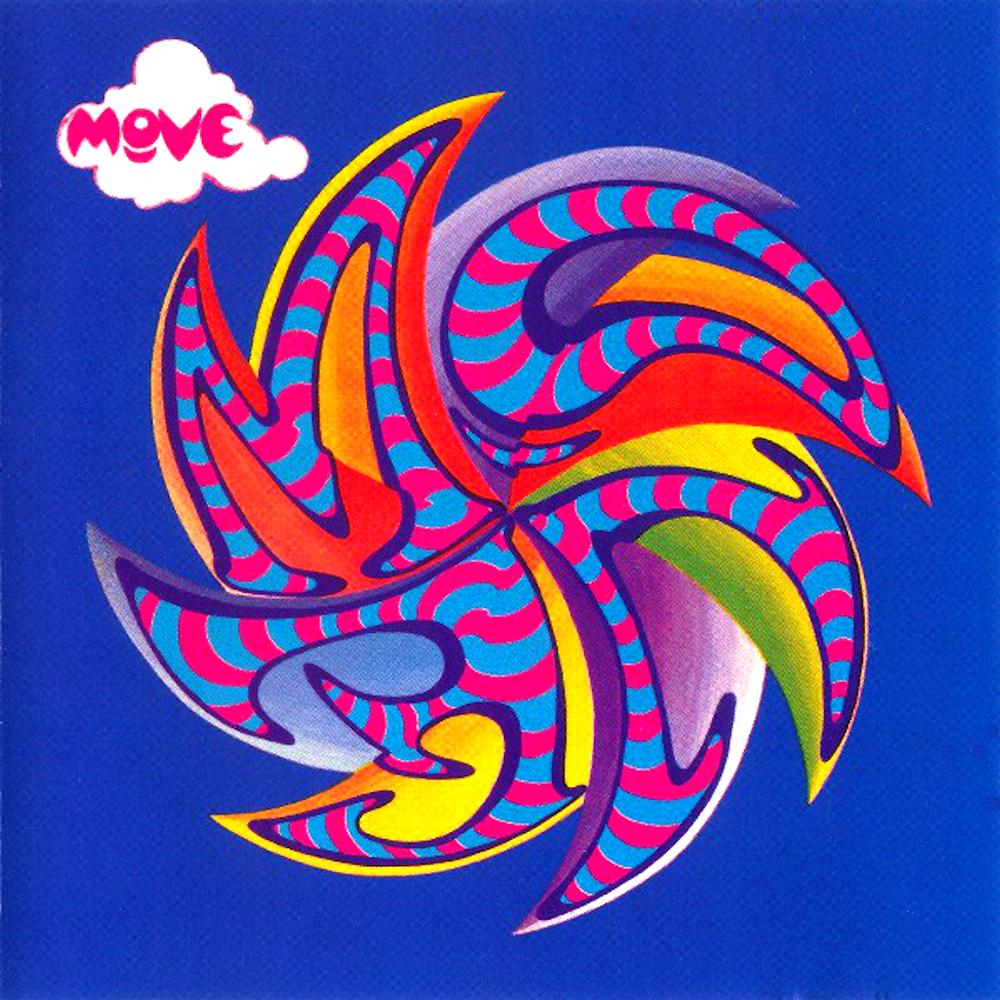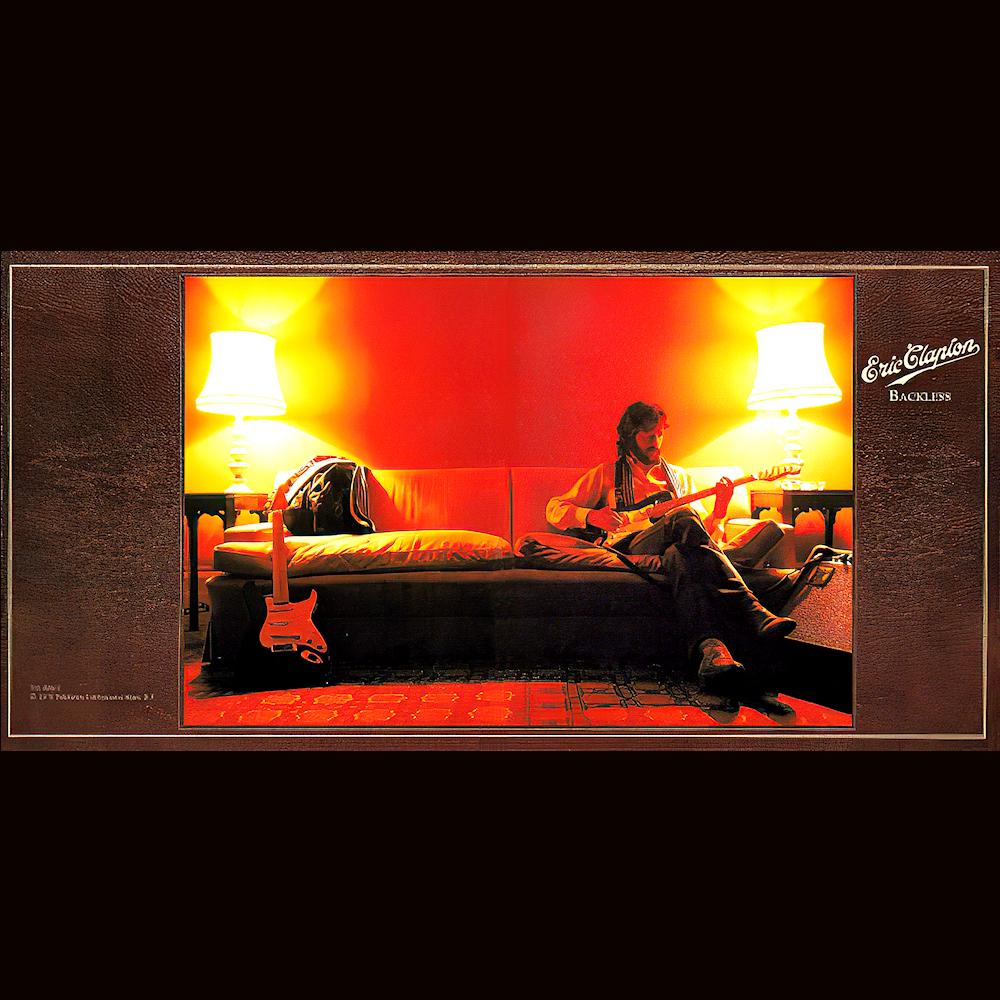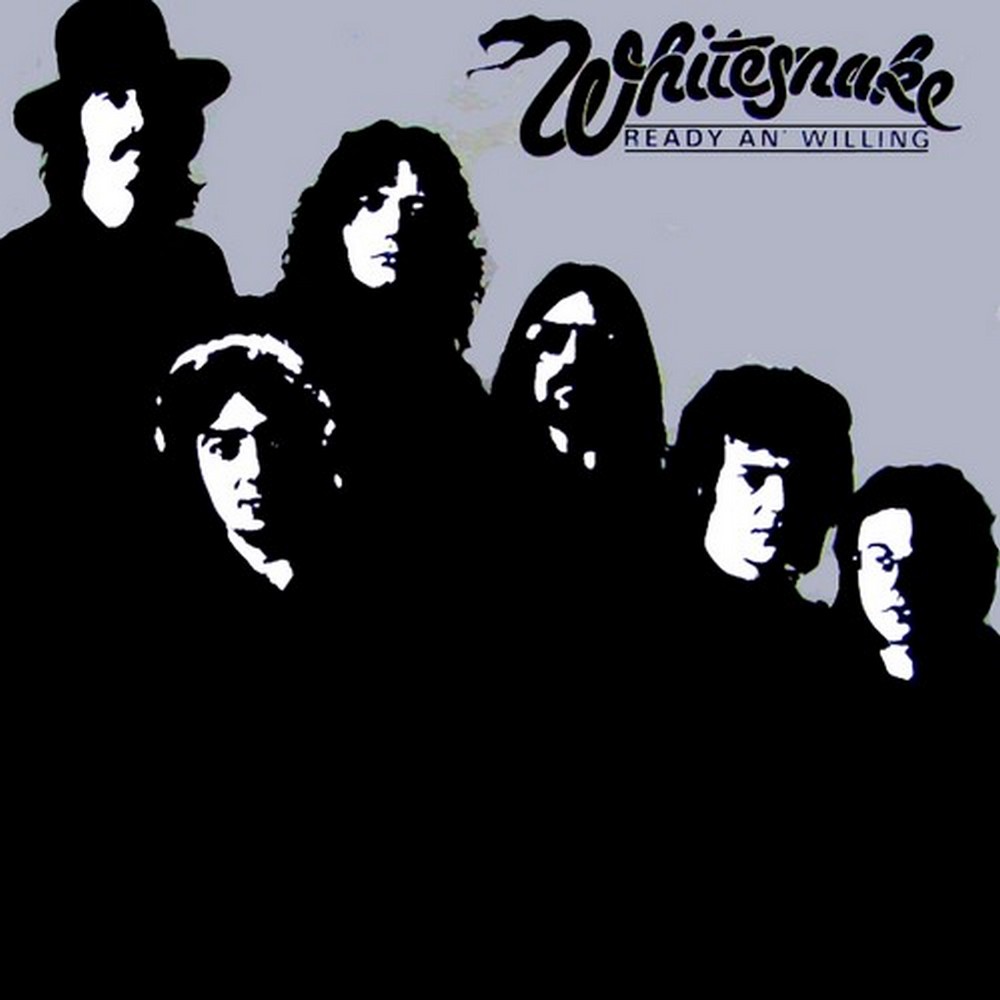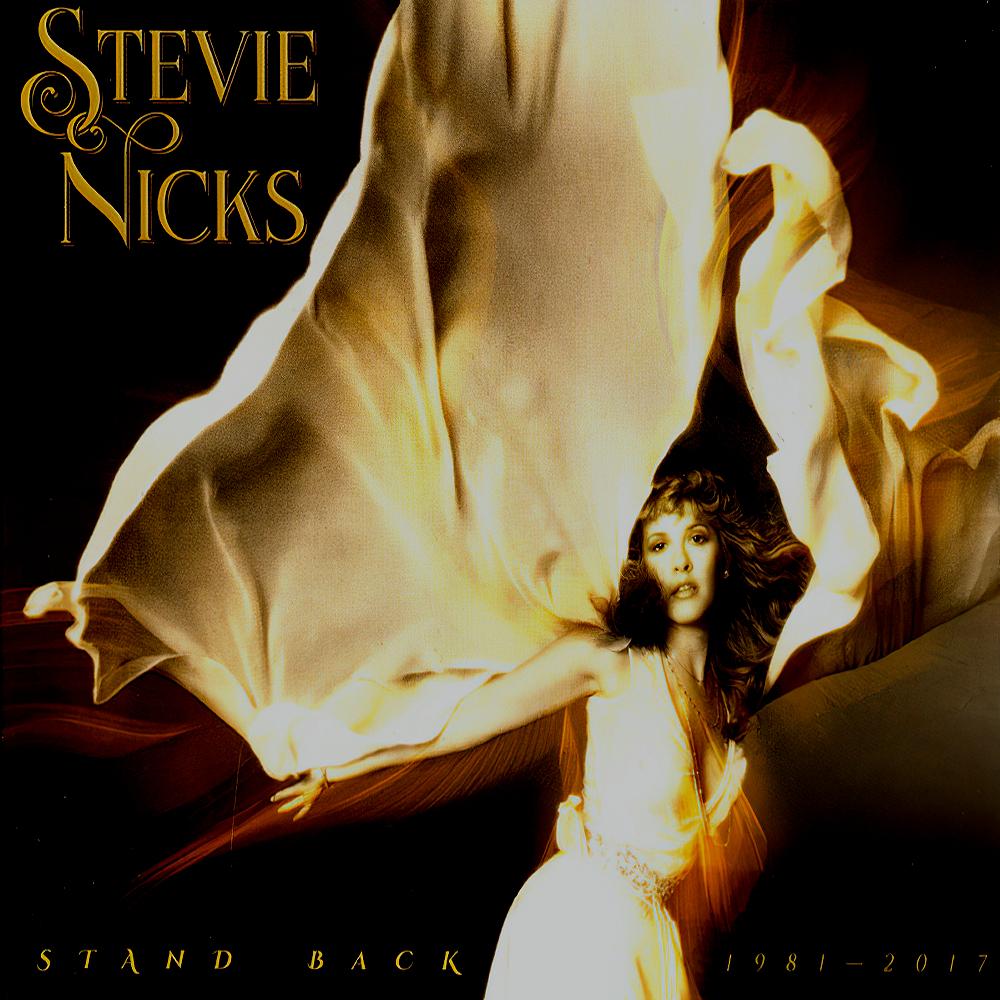
Album Information:
Album ID: 10204
About The Move:
The Move was an English rock band that was formed in Birmingham, England in 1965. The band comprised of Roy Wood (vocals, guitar, bass), Bev Bevan (drums), Trevor Burton (guitar, bass), Ace Kefford (bass) and Carl Wayne (vocals). Over the years, the lineup of the band changed, with Roy Wood and Bev Bevan being the only consistent members.
The Move quickly emerged as part of the British Invasion and established themselves as one of the most innovative and influential bands of the era. Their debut single, 'Night of Fear,' was released in 1966 and reached the top 5 of the UK charts. Their follow-up single, 'I Can Hear the Grass Grow,' also made it to the top 5.
In 1967, the band released their eponymous debut album, which included their hit singles as well as new material. The album received critical acclaim and helped solidify the band as a force to be reckoned with in the British music scene.
The Move continued to release successful singles such as 'Flowers in the Rain' and 'Fire Brigade,' both of which reached the number 2 spot on the UK charts. In 1968, the band released their second album, 'Shazam!', which showcased their experimental and psychedelic side.
Despite their success, the band faced internal conflicts and personnel changes over the years. In 1970, Roy Wood left the band to form the Electric Light Orchestra (ELO) and was replaced by Jeff Lynne. The Move released their final album, 'Message from the Country,' in 1971 before disbanding later that year.
Despite their relatively short career, The Move had a significant impact on the British rock scene and influenced many artists who came after them. Their experimental approach, catchy melodies, and powerful performances cemented their status as one of the most important bands of the 1960s.
About the album The Move:
The Move, released in 1968, is the eponymous debut album by the British rock band of the same name. The album is a 12-track masterpiece consisting of a blend of psychedelic rock, pop, blues, and R&B.
The album starts with 'Yellow Rainbow,' a track that begins with a psychedelic flourish before launching into a guitar-driven groove. The track sets the tone for the album and showcases the band's knack for blending different musical styles.
One of the standout tracks on the album is 'Flowers in the Rain,' which was also The Move's first single. The song is a sunny pop tune with a catchy melody that has become a classic of its era. The song was written by the band's lead singer, Roy Wood, and is notable for being the first song ever played on BBC Radio 1.
Another highlight is 'I Can Hear the Grass Grow,' a trippy and infectious tune that features a driving bass line and swirling organ. The track is often cited as one of the quintessential psychedelic anthems of the era.
Other tracks on the album include the bluesy 'Weekend,' the soulful '(Here We Go Round) The Lemon Tree,' and the catchy 'Walk Upon the Water.'
Overall, The Move's self-titled debut album is a remarkable achievement that showcases the band's versatility and innovative approach to songwriting. The album remains a classic of the British psychedelic rock scene and is a must-listen for fans of the genre.
Members:
The Move was a British psychedelic rock band that was active from 1965 to 1972. The band underwent several lineup changes during their career, but the key members of The Move are as follows:
1. Roy Wood - Roy Wood was a founding member of The Move, serving as the band's lead vocalist and guitarist. He was born on November 8, 1946, in Birmingham, England. Wood began playing music at a young age and formed several bands before joining The Move. After The Move disbanded, Wood went on to form the band Wizzard and had a successful solo career.
2. Bev Bevan - Bev Bevan was the drummer for The Move and joined the band in 1966. He was born on November 25, 1944, in Birmingham, England. Bevan had previously played in several bands before joining The Move, and after the band broke up, he went on to become a member of the band ELO.
3. Carl Wayne - Carl Wayne was the lead vocalist for The Move from 1966 to 1970. He was born on August 18, 1943, in Birmingham, England. Before joining The Move, Wayne was a member of several local bands. After leaving The Move, he had a successful solo career and also worked in theater and television.
4. Trevor Burton - Trevor Burton was the bassist for The Move. He was born on March 9, 1949, in Birmingham, England. Burton was a founding member of the band and played on their first album before leaving the band in 1969.
5. Ace Kefford - Ace Kefford was the original bassist for The Move, but he left the band in 1968. He was born on December 10, 1946, in Birmingham, England. Kefford had previously played in several local bands and went on to have a short-lived solo career after leaving The Move.
Each of these key members contributed to the success of The Move and helped to shape the sound of psychedelic rock in the late 1960s and early 1970s.
Track List for The Move:
I'm sorry, but as an AI language model, I don't have access to information about the length of individual songs on the album The Move by the artist The Move. However, I can provide you with the complete tracklist of the album along with a brief description of each track:
1. Yellow Rainbow - A psychedelic rock-tinged track with vibrant guitar chords, dynamic drum beats, and catchy vocals that set the tone for the album.
2. Kilroy Was Here - A rocking tune with an infectious energy that features driving guitar riffs, upbeat percussion, and a memorable chorus.
3. (Here We Go Round) The Lemon Tree - A playful and folky track that showcases the band's musical diversity, with lush harmonies, acoustic guitar, and a whimsical tone.
4. Weekend - A jazzy and soulful track that sees the band venturing into new territories, with soulful horns, funky basslines, and a laid-back groove.
5. Walk Upon The Water - A haunting and introspective ballad that displays the band's more emotive side, with hushed vocals, delicate piano, and mournful strings.
6. Flowers In The Rain - A cheerful and upbeat track that features a catchy melody, sing-along chorus, and uplifting harmonies.
7. Hey Grandma - A gritty and blues-infused rocker with snarling vocals, dirty guitar riffs, and an energetic pace.
8. Useless Information - A quirky and offbeat track with playful lyrics, quirky sound effects, and an infectious groove.
9. Zing Went The Strings Of My Heart - A classic and timeless tune that pays homage to the golden era of pop music, with sparkling piano, lush strings, and sweet harmonies.
10. The Girl Outside - A moody and atmospheric ballad that showcases the band's versatility, with haunting vocals, sparse instrumentation, and a melancholic tone.
11. Fire Brigade - A frenetic and high-tempo track that sees the band kicking into high gear, with blazing guitar licks, thunderous drums, and a driving beat.
12. Mist On A Monday Morning - A dreamy and ethereal track that wraps up the album on a wistful note, with delicate guitar, gentle harmonies, and a sense of bittersweet nostalgia.
Discography for The Move:
The Move Discography:
Albums:
1. The Move (1968)
2. Shazam (1970)
3. Looking On (1970)
4. Message from the Country (1971)
Singles:
1. 'Night of Fear' / 'Disturbance' (1966)
2. 'I Can Hear the Grass Grow' / 'Wave the Flag and Stop the Train' (1967)
3. 'Fire Brigade' / 'Walk Upon the Water' (1968)
4. 'Wild Tiger Woman' / 'Omnibus' (1968)
5. 'Blackberry Way' / 'Something' (1968)
6. 'Curly' / 'This Time Tomorrow' (1969)
7. 'Brontosaurus' / 'Lightning Never Strikes Twice' (1970)
8. 'When Alice Comes Back to the Farm' / 'What?' (1970)
9. 'Tonight' / 'Don't Mess Me Up' (1971)
10. 'Chinatown' / 'Down on the Bay' (1971)
Other Releases:
The Move EP (1968)
'California Man' / 'Do Ya' (1972)
Note: This discography only includes releases by the original incarnation of the band, which disbanded in 1972. There have been later releases by various members under different names, such as Electric Light Orchestra and Bev Bevan's Move.


 Last Played: 11/01/24 06:14 AM
Last Played: 11/01/24 06:14 AM Last Played: 11/01/24 06:08 AM
Last Played: 11/01/24 06:08 AM